Located in the heart of the city, the Bolivian Museum of Ethnography and Folklore’s mask exhibition is an unexpected gem for any mask enthusiast. Upon stepping inside, I was immediately transported into a world of culture, artistry, and history that I hadn’t anticipated. The exhibition was far more extensive than I expected, with each section of the museum meticulously curated to take you on a journey through Bolivia’s rich tradition of mask-making.
The moment I entered, I noticed the impeccable museography that set this museum apart. Each mask display was thoughtfully arranged, with lighting that enhanced the colors and textures, bringing the masks to life. The auditory elements further enriched the experience, with sounds that evoked the essence of Bolivian festivals and rituals. This combination of light and sound created an atmosphere that was both immersive and magical, making it feel like I was stepping into a different world with each turn.
The museum houses a wide variety of masks, each one with its own story and cultural significance. The detail in each mask is astounding, and the museum provides exquisite information about the symbolism behind each piece. Bolivia’s mask traditions are a fascinating composition woven from Indigenous, African, and Spanish influences, and this museum captures this blend beautifu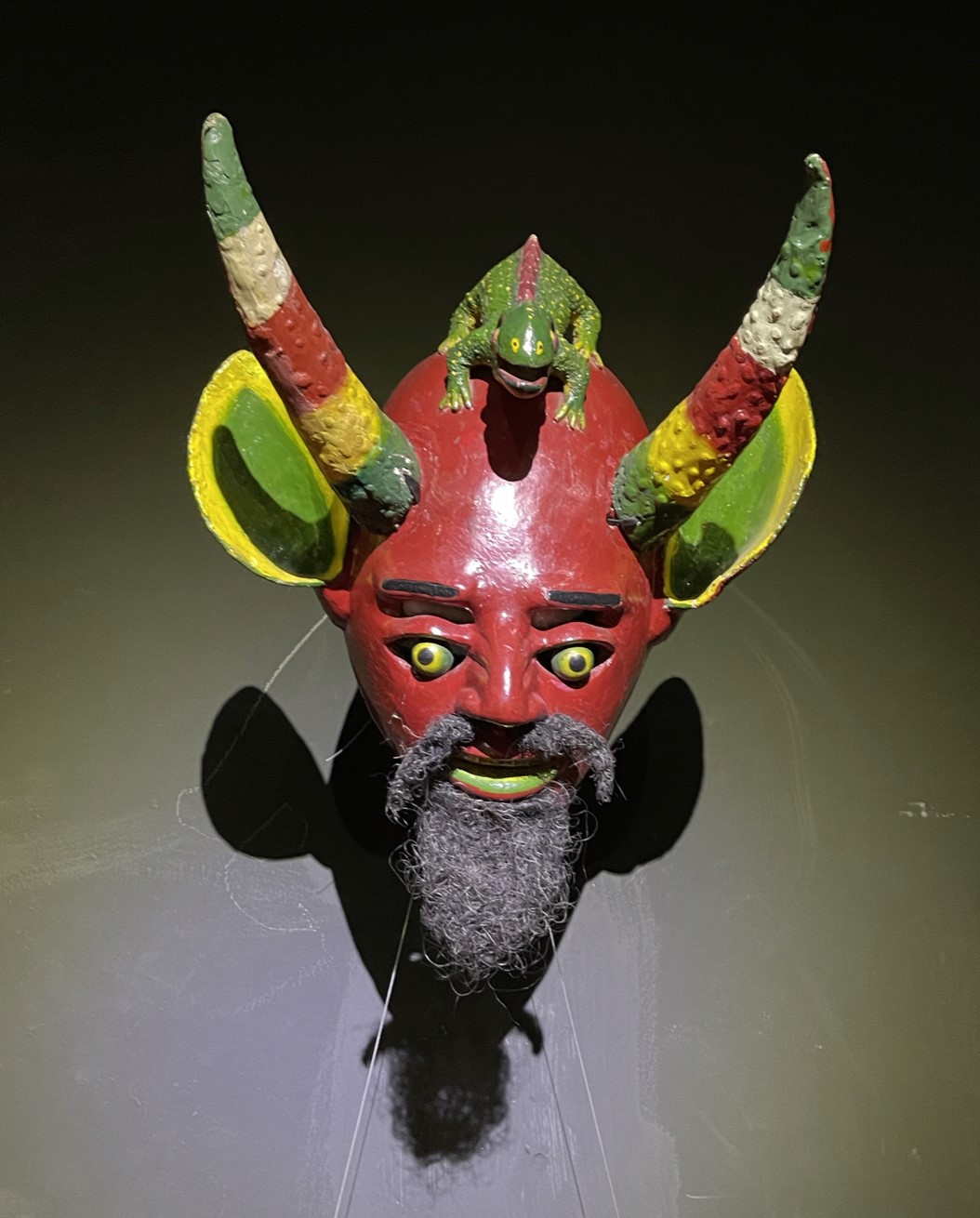 lly.
lly.
Entering the museum we can see that each mask is accompanied by detailed descriptions that provide insights into its origins and cultural significance. For example, the Diablada mask, one of Bolivia’s most famous, represents an important character in the Oruro Carnival, a UNESCO-recognized event. The mask portrays a devil figure, intricately crafted with horns, fangs, and a serpentine adornment. According to local legend, the mask symbolizes a struggle between good and evil—a theme deeply embedded in Bolivia’s cultural psyche. Seeing it up close, you can almost feel the energy of the carnival itself.
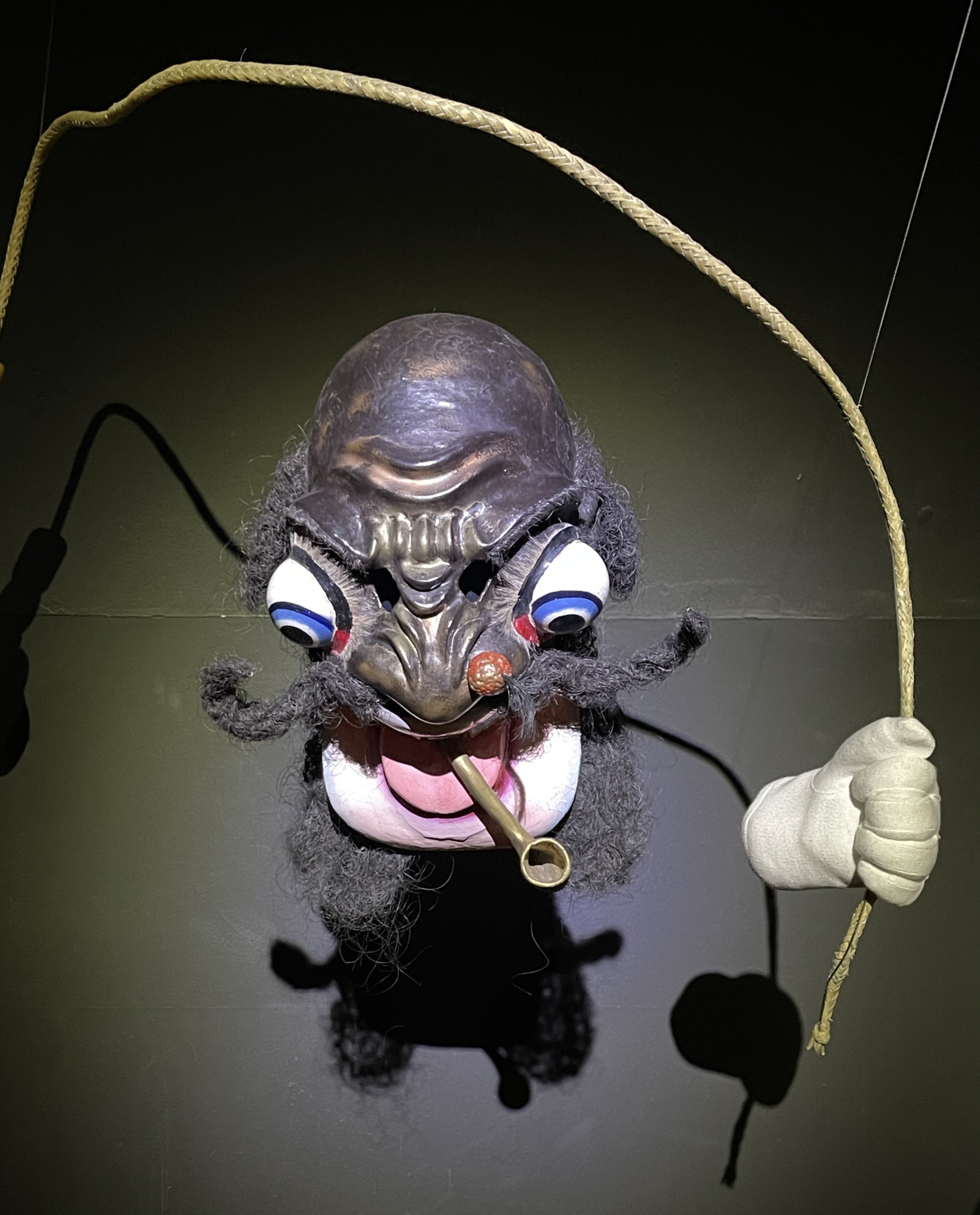 The Morenada masks, on the other hand, tell a story of hardship and resilience. These masks, with their bulging eyes and elaborate headdresses, are worn by dancers who move in slow, heavy steps to mimic the suffering of African slaves forced to work in the Bolivian mines. This mask not only showcases Bolivia’s history but also highlights the country’s complex cultural heritage and its blending of traditions.
The Morenada masks, on the other hand, tell a story of hardship and resilience. These masks, with their bulging eyes and elaborate headdresses, are worn by dancers who move in slow, heavy steps to mimic the suffering of African slaves forced to work in the Bolivian mines. This mask not only showcases Bolivia’s history but also highlights the country’s complex cultural heritage and its blending of traditions.
as i walked through each section of the exhibition, I realized just how valuable it is to see these masks up close. Observing the intricate details, the materials, and the textures up close—all of these elements tell their own story. For us at Masks of the World, this firsthand experience is crucial in providing accurate and insightful responses to our readers. By closely analyzing the physical aspects of each mask, we can share more detailed answers about their construction, use, and cultural significance.
The Bolivian Mask Museum turned out to be much more than a collection of beautiful objects. It’s a place that invites you to experience Bolivia’s cultural soul and explore the symbolic meanings that make each mask unique. If you’re passionate about masks, culture, or history, I highly recommend visiting and don’t miss the second part of this tour.
The Bolivian Mask Museum reminds us that masks are more than art—they’re a living record of traditions, beliefs, and histories that continue to shape the world today.
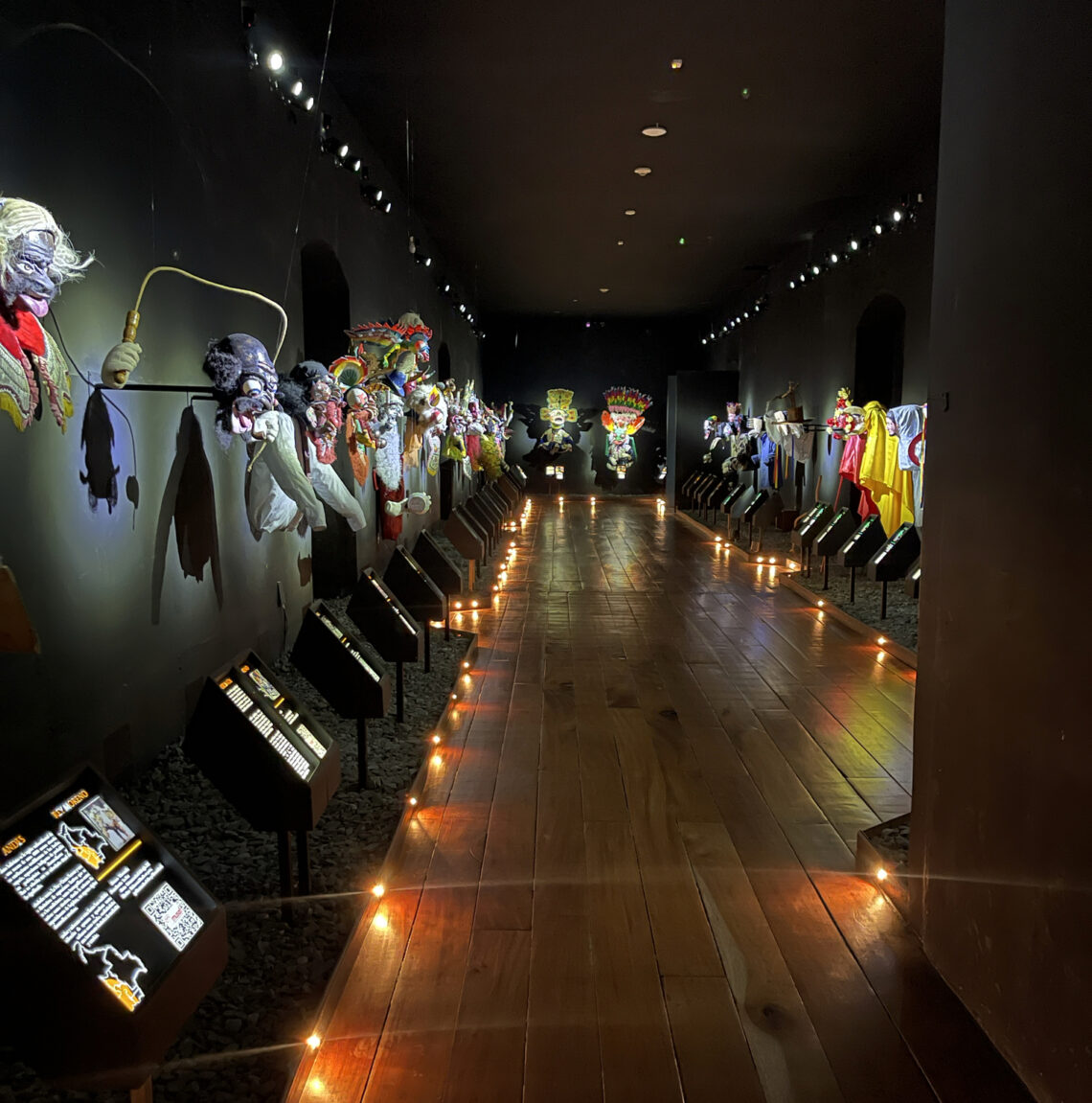


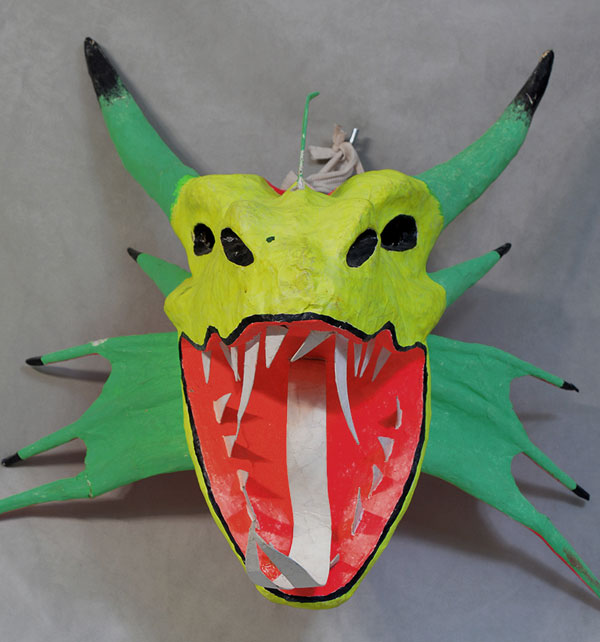
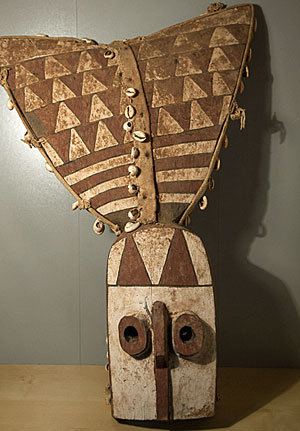
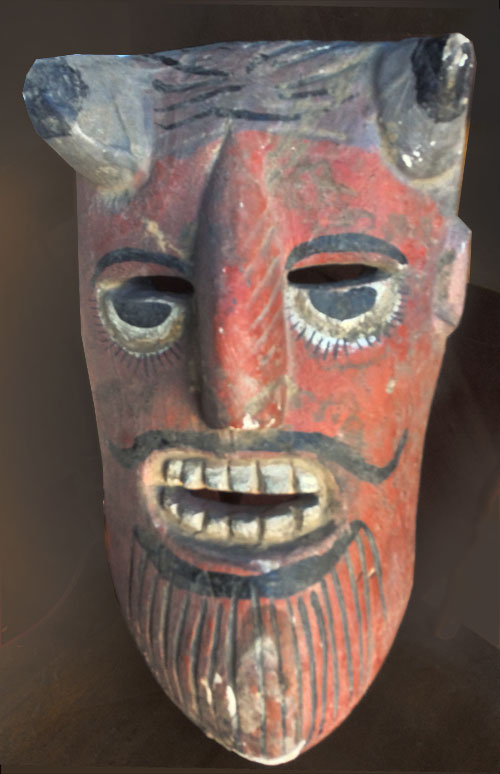
One Comment
Wolfren Vallejo
Hi Paula, I wanna buy this book in epup or PDF, us there a link I can use to buy it directly from you all?